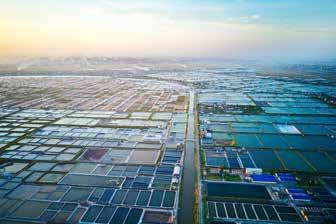
9 minute read
How Vietnam is moving towards responsible and sustainable shrimp production
Steps include the introduction of a locally developed disease free vannamei broodstock, eco- friendly farming of the black tiger shrimp, real time water quality monitoring, functional feeds against diseases and more sustainable farming models
By Van Tan
Along with its fast growth, attention is on the sustainability of Vietnam's shrimp farming industry. Le Dang Quang, General Director of Minh Phu Group said that he is promoting the rice-shrimp co-farming model. He believes this model is environmentally friendly and economically stable for all stakeholders.

Amidst the worldwide COVID-19 pandemic, industry players want to showcase Vietnam as a leader in sustainable shrimp production. The latest industry developments were exhibited at the Vietshrimp International Fair, the largest shrimp show in Vietnam, held in Can Tho City, in the Mekong Delta, on April 14-16. The exhibition attracted 200 exhibitors and more than 10,000 visitors, compared to 150 exhibitors and 8,000 visitors in 2018.
Evident at Vietshrimp was an eagerness of the industry to move forward and meet global demands for a responsible and sustainable shrimp aquaculture sector in Vietnam. At the trade show, some exhibitors displayed modern technologies in shrimp farming – from digitalisation, nutrition to post larvae production. There were three conferences focused on the theme of "sustainable destination" that discussed solutions to improve the sustainability of shrimp farming.
Tran Đinh Luan, Director General at the Directorate of Fisheries, said that shrimp farming methods should go hand-in-hand with protecting the environment and providing product traceability. Along with the fast-paced growth of the industry, comes problems of untreated waste discharged into the environment. Non-compliance with regulations is a major concern.
"Drugs and chemicals of unknown origin have major consequences for the environment. For the long-term development of the industry, these issues should be addressed and be well-managed," said Luan.
More eco-friendly farms
There is a view that earthen shrimp ponds are no longer suitable because of poor bottom soil as well as polluted environmental conditions. Meanwhile, the super intensive model requires high investments, which are not financially viable for small-scale farmers. According to Le Dang Quang, General Director of Minh Phu Group, switching to black tiger shrimp farming and rice-shrimp farming models are both environmentally friendly and economically beneficial for all types of investors.
The model Quang mentioned is farming with a sparse density of 10-12 post larvae (PL)/m2 to suit the carrying capacity of the environment. The model will be implemented in the form of one shrimp crop and two rotational rice crops to create a carbon balance and make sure the land is not over-exploited. The products of this model are organic black tiger shrimp and rice; there are no chemicals nor antibiotics involved in the entire production cycle.
“This model produces an average yield of about 380500kg of shrimp/ha,” said Quang. Minh Phu is developing both extensive (eco-friendly) models to produce organic shrimp and intensive models to produce regular shrimp. “This recirculating organic green smart shrimp value chain and carbon balance will be developed simultaneously with intensive models to ensure that the volume of shrimp supply remains high."
Currently, Minh Phu has established a network of shrimp producers and suppliers across the Mekong Delta with a variety of shrimp farming models. The company has built 100,000ha of intensive farms, 25,000ha of organic shrimp farms in mangrove areas and more than 10,000ha of riceshrimp farms. Quang stressed that Vietnam needs to continue domesticating the black tiger shrimp to create broodstock with good disease resistance and adaptable for farming in the natural conditions in the Mekong Delta. In addition, he also wished to develop a strong linkage between input suppliers, shrimp farmers and processors to form a sustainable model for the benefit of all.
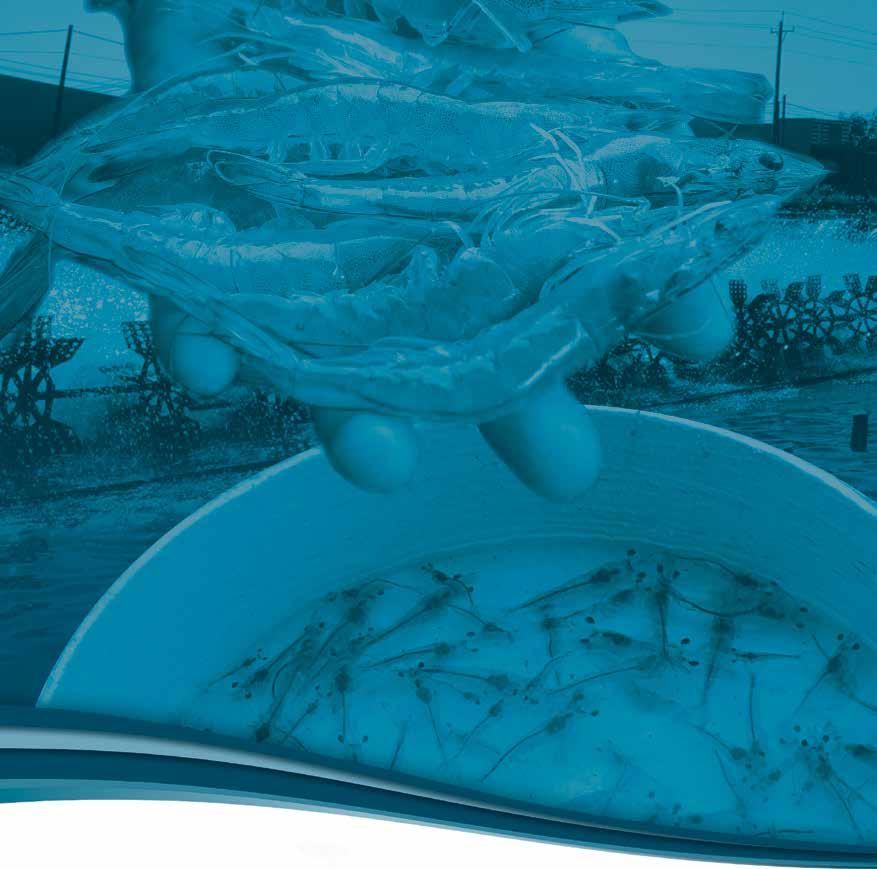
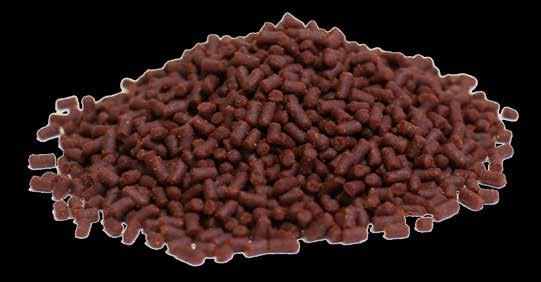
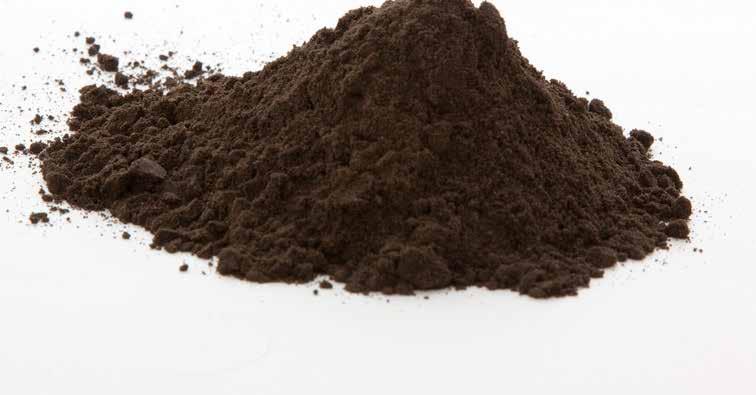
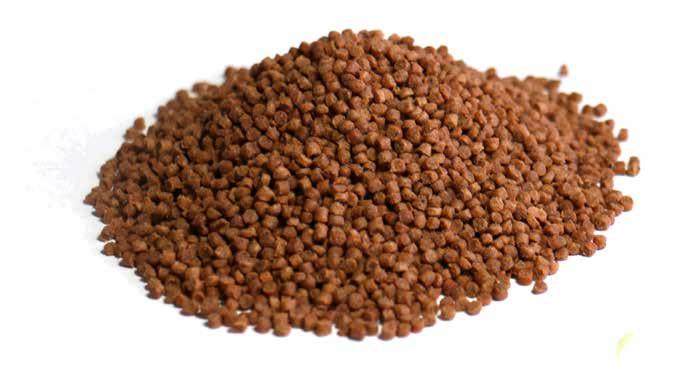
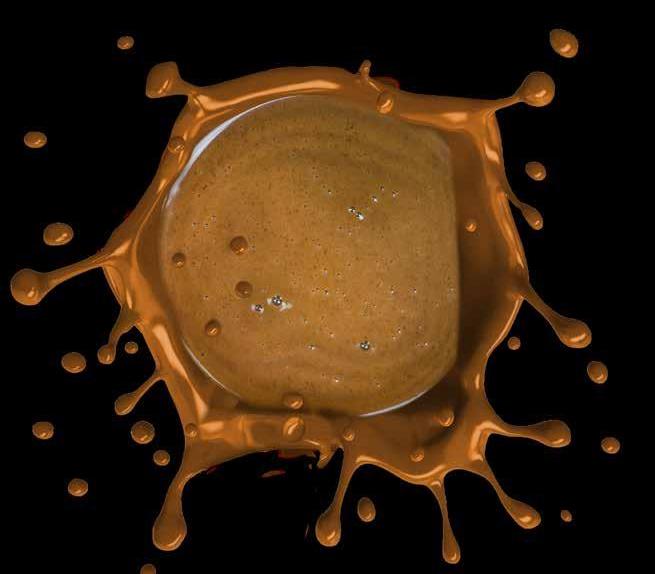
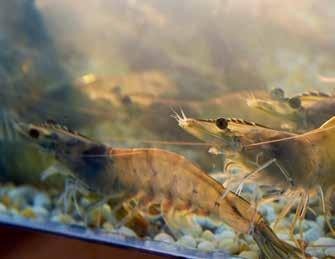
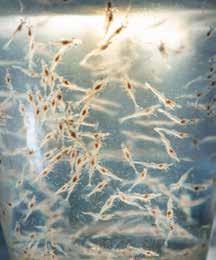
Viet Uc's VUS 21 Leader is the new generation of vannamei shrimp broodstock with 10% improved growth rate, higher survival rate and higher disease resistance.
Sustainable farming model
Viet Uc Group is Vietnam's leading post larvae producer and has introduced a sustainable farming model that minimises water exchange and reduces water discharge to the environment.
"The model applies biofloc technology and a multi-phase farming model. With this combination, water exchange is minimal in the entire farming cycle," said Vu Duc Tri, Viet Uc's Director of Enterprise Management. In Viet Uc's model, biofloc technology can be applied in open farms, which requires less investments compared to indoor farms. The model also includes the latest technology in water control, automatic feeding and oxygen generation.
"With these new technologies, we can control environmental parameters automatically and efficiently; in traditional farming models, these parameters are difficult to control. These technologies help shrimp farming become more professional, reduce labour and avoid human error," explained Vu.
High quality post larvae
Post larvae quality is of increased concern in Vietnam's shrimp industry, given that the country is heavily dependent on imported broodstock. This is a big risk for the industry as a whole. Through an exclusive cooperation with Australia’s CSIRO since 2010, Viet Uc has been working on a breeding program for shrimp broodstock. With the approval of the Ministry of Agriculture and Rural Development (MARD), it worked on breeding the vannamei shrimp. At the show, Viet Uc launched VUS Leader 21 broodstock to produce high quality post larvae. This puts Vietnam in the league of countries with vannamei shrimp breeding programs – USA, Thailand, Indonesia and China.
Tri explained. "This broodstock is the result of using the most advanced genetic tools which allow for genome sequencing on a large scale. Traits include fast growth, strong disease resistance and adaptability to local farming conditions. Viet Uc has also worked on post larvae nutrition, developing a quality diet of fresh algae and Artemia. The feeding regime is twice the amount given to previous generations of post larvae. The aim is to produce post larvae with outstanding health.
"VUS Leader 21 has significantly improved genetic traits, resulting in 10% improved growth rate, higher survival rate and higher disease resistance. With these advantages, we believe the new shrimp post larvae will help farmers achieve better yields," he added.
PROTECT YOUR LIVESTOCK FOR LESS
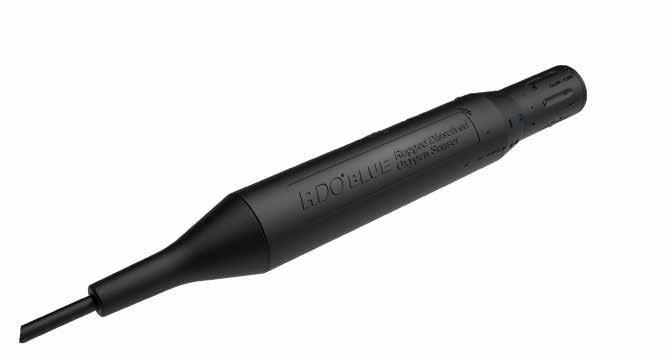
Use RDO Blue as a HANDHELD DO meter for spot checking or connect it to your real-time monitoring systems for FULL AUTOMATION and increased productivity.
No membrane to change
No calibration or conditioning before deployment
No additional investment in a handheld device – view data on your smartphone
No time lost – with long-lasting RDO Smart Sensor Caps, just snap on and go Learn more at in-situ.com/blue
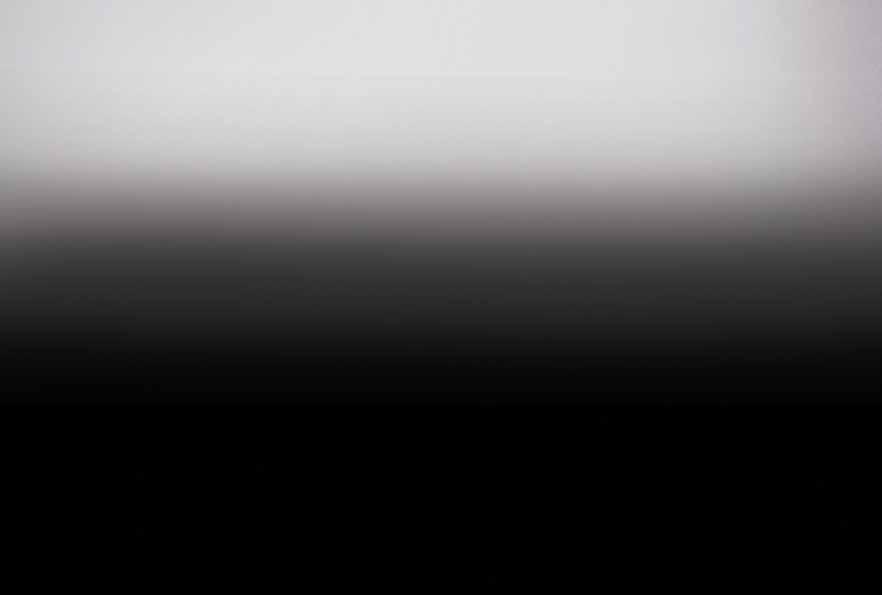
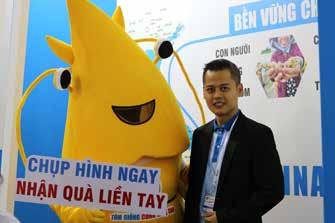
Vu Duc Tri, Viet Uc's Director of Enterprise Management, said Vietnam's shrimp industry has made significant growth in terms of intensification and technology application in the last three years.
Digitalisation
The Vietnamese shrimp industry is focusing on increasing areas for intensive and super-intensive shrimp farming for higher productivity. The management of these farming models requires the support of machine learning tools which are also the drivers for high technology investments in shrimp farming.
At Vietshrimp, AquaEasy, a subsidiary of the Bosch Group, introduced solutions based on the internet of things, combining sensor systems, software, data analysis systems, and artificial intelligence to enhance farm management. "According to World Wildlife Fund, about 3 billion people around the world will rely on seafood as their primary source of protein. Aquaculture will be an important part of the global food supply chain. AquaEasy's mission is to make aquaculture work easier, smarter and more sustainable," said Product Manager Aries Dwiputera.
Smart farming model
Since 2019, the R&D team at Sheng Long Bio-Tech International has been working on optimising culture technology at its three research bases in Ninh Thuan, Tien Giang and Soc Trang. Water treatment is the backbone of Thang Long Smart System (TLSS), introduced at VietShrimp.
In this smart farming model, Nguyen Khac Hai, Technical Manager, explained that the water treatment process is divided into four steps.
• The first step is sedimentation, removing all impurities.
Fish, molluscs and bivalves are removed from the water source. • Step two is the first level of antibacterial treatment and further sedimentation, using potassium permanganate at 2-4ppm. • Step three is the second sterilisation process, using chlorine at 10-15ppm. • Lastly, there is further sedimentation and at this stage, the water is thoroughly disinfected and safe for shrimp farming.
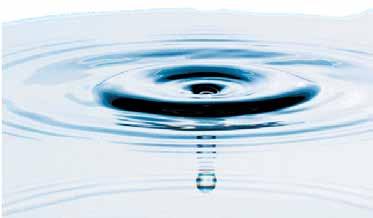

1. Figure 1 Sheng Long’s TLSS Farming Method and System. The model focuses on pond design & production planning, a 4-step water treatment system, 3-phase farming with fast-growing post larvae and use of functional feeds, as well as animal health
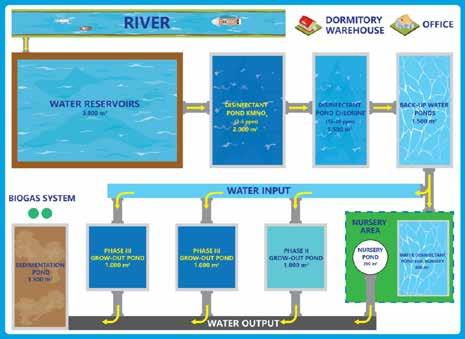
Figure 1. Sheng Long’s TLSS Farming Method and System. The model focuses on pond design and production planning, a 4-step water treatment system, 3-phase farming with fastgrowing post larvae and better animal health with functional feeds.

In Shenglong's smart farming model, shrimp culture area accounts for 1520% of the total farming area. Despite Covid-19, VietShrimp 2021 attracted 200 exhibitors and more than 10,000 visitors
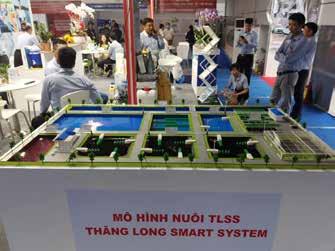
In this model, the area for water treatment accounts for more than 80% of the total farming area. Therefore only 1520% is used for culture ponds. With regards to the farming process, Hai explained that there should be a nursery stage and 2 stages of grow-out farming. At the 25-day nursery stage, stocking is 1,200-2,500PL/m2 and at the grow-out stages, stocking density is at 200-500PL/m2. The entire farming process should be conducted in lined ponds.
“The model is smart because it can be applied to a wide range of farm sizes starting from 1.5ha/pond and requires low initial investments,” added Hai. "In 2020, Shenglong introduced this model to its customers in the Mekong Delta and received good feedback with a success rate of 83%. We are expecting to introduce this model to more farmers in this area this year.”
Functional feed
As the global shrimp industry continues to face increasing risks of diseases, Grobest has introduced its functional feed to improve shrimp health. Emma Li, Deputy Head of Formula said that the additives supplemented in the feed are divided into five main groups: fermentation products, organic acids, activated peptides, free amino acids and trace elements. Li said that it is the combination of these groups of additives which helps improve the health of shrimp hepatopancreas and the digestive system, inhibits bacterial growth, and reduces the risk of white faeces disease.
This is Grobest's proprietary formula, developed by its R&D team and manufactured in its factory in Taiwan. It is distributed all over the world. The research centre has more than 40 years of experience in understanding shrimp diseases and research on creating functional additives that support the physiological metabolism and nutritional needs of shrimp.
“Grobest's Super Shield is a functional shrimp feed and has the highest amount of feed additives among its peers," added Li.
Van Tan is a contributing writer based in Ho Chi Minh City, Vietnam










